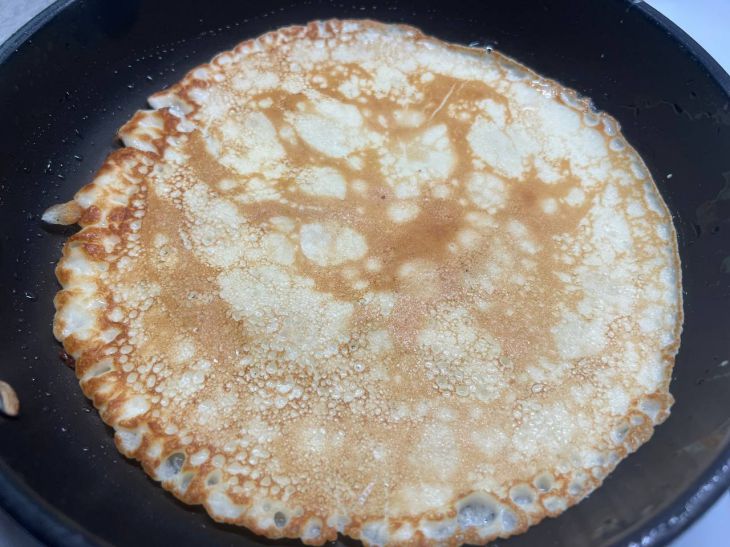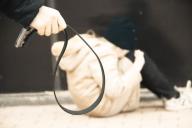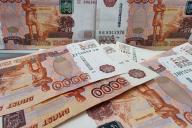Even if you knead the dough according to your grandmother's recipe, the result may be disappointing.
The nuance lies in the temperature of the pan.
Most people heat it up until it smokes, thinking that this will make the pancakes crispy. But overheating destroys the non-stick coating, and the batter drops stick instantly.

For example, a cast iron frying pan requires pre-heating, but if it is overheated, the oil will start to smoke and burn. And Teflon frying pans emit toxic fumes at temperatures above 230°C.
Another mistake is the wrong consistency of the dough. Too thick? Add soda water instead of milk.
The carbon dioxide bubbles will make the pancakes airy and prevent them from burning.
But few people know that the fat content of milk also affects the result. For example, skim milk makes the dough "rubbery", and cream - too thick. The ideal option is milk with 2.5% fat content or plant-based analogues (almond, oat).
Secrets of Perfect Pancakes from the Pros
Use two types of flour. Mix wheat and buckwheat (1:1 ratio) – the pancakes will be fragrant and tender.
Let the dough "rest". 20-30 minutes of rest allows the gluten to swell - the dough does not tear.
Control the thickness. Pour the batter with a ladle and immediately rotate the pan - this will make the pancake even.
Frying pan lifehacks
- Check the temperature with a drop of dough. If it sizzles but doesn't stick, everything is perfect.
- Don't wash the pan with soap. Wipe it with a paper towel and grease it with oil - this way the non-stick layer will last longer.
- Use a silicone brush. It distributes the oil in a thin layer without leaving puddles.
Useful tips
- Use a frying pan with a thick bottom (cast iron, ceramic) - they distribute heat evenly.
- Before the first pancake, grease the pan with half a potato on a fork. This will create a thin protective layer without adding too much oil.
- If the dough breaks, add 1 tbsp. starch per cup of flour - it will bind the ingredients.








